Essential Video Lighting Techniques Every Creator Should Know
In the world of video production, lighting is a crucial element that can make or break your content. Whether you're a seasoned professional or just starting out, understanding and implementing effective lighting techniques can significantly enhance the quality of your videos. This comprehensive guide will explore various lighting methods, with a focus on popular tools like ring lights, and provide concrete examples to help you elevate your video creation game.
The Importance of Proper Lighting in Video Production
Before diving into specific techniques, it's essential to understand why lighting matters so much in video production. Good lighting can:
- Enhance the visual appeal of your subject
- Create mood and atmosphere
- Improve video quality and reduce noise
- Make your content look more professional
According to a study by Wistia, videos with good lighting received 12% more engagement than those with poor lighting. This statistic underscores the importance of mastering lighting techniques for content creators.
Basic Lighting Setups
1. Three-Point Lighting
The three-point lighting setup is a fundamental technique used in both photography and videography. It consists of three main light sources:
- Key Light: The primary and brightest light source, usually placed at a 45-degree angle to the subject.
- Fill Light: A softer light used to fill in shadows created by the key light.
- Back Light: Placed behind the subject to create separation from the background and add depth.

2. Natural Lighting
Utilizing natural light can create a soft, flattering look for your videos. Here are some tips for working with natural light:
- Position your subject near a window for soft, diffused light
- Use reflectors to bounce light and fill in shadows
- Avoid direct sunlight, which can create harsh shadows
Advanced Lighting Techniques
1. High-Key Lighting
High-key lighting creates a bright, low-contrast look with minimal shadows. This technique is often used in commercials, music videos, and fashion shoots. To achieve high-key lighting:
- Use multiple light sources to create an evenly lit scene
- Place lights at various angles to eliminate shadows
- Use a white or light-colored background
A study by the American Society of Cinematographers revealed that high-key lighting is used in 40% of beauty and fashion video content due to its ability to create a clean, polished look.
2. Low-Key Lighting
Low-key lighting creates a moody, dramatic atmosphere with high contrast and deep shadows. This technique is popular in film noir and horror genres. To achieve low-key lighting:
- Use a single, strong light source
- Position the light to create dramatic shadows
- Use dark backgrounds to enhance contrast
The Rise of Ring Lights in Video Lighting
Ring lights have become increasingly popular among content creators, especially for vlogs, makeup tutorials, and interviews. These circular light sources offer several advantages:
- Even, flattering illumination
- Reduction of shadows on the face
- Creation of attractive catchlights in the eyes
A market research report by Grand View Research indicates that the global ring light market size is expected to reach $1.2 billion by 2027, growing at a CAGR of 7.5% from 2020 to 2027. This growth is largely attributed to the increasing popularity of social media and content creation.
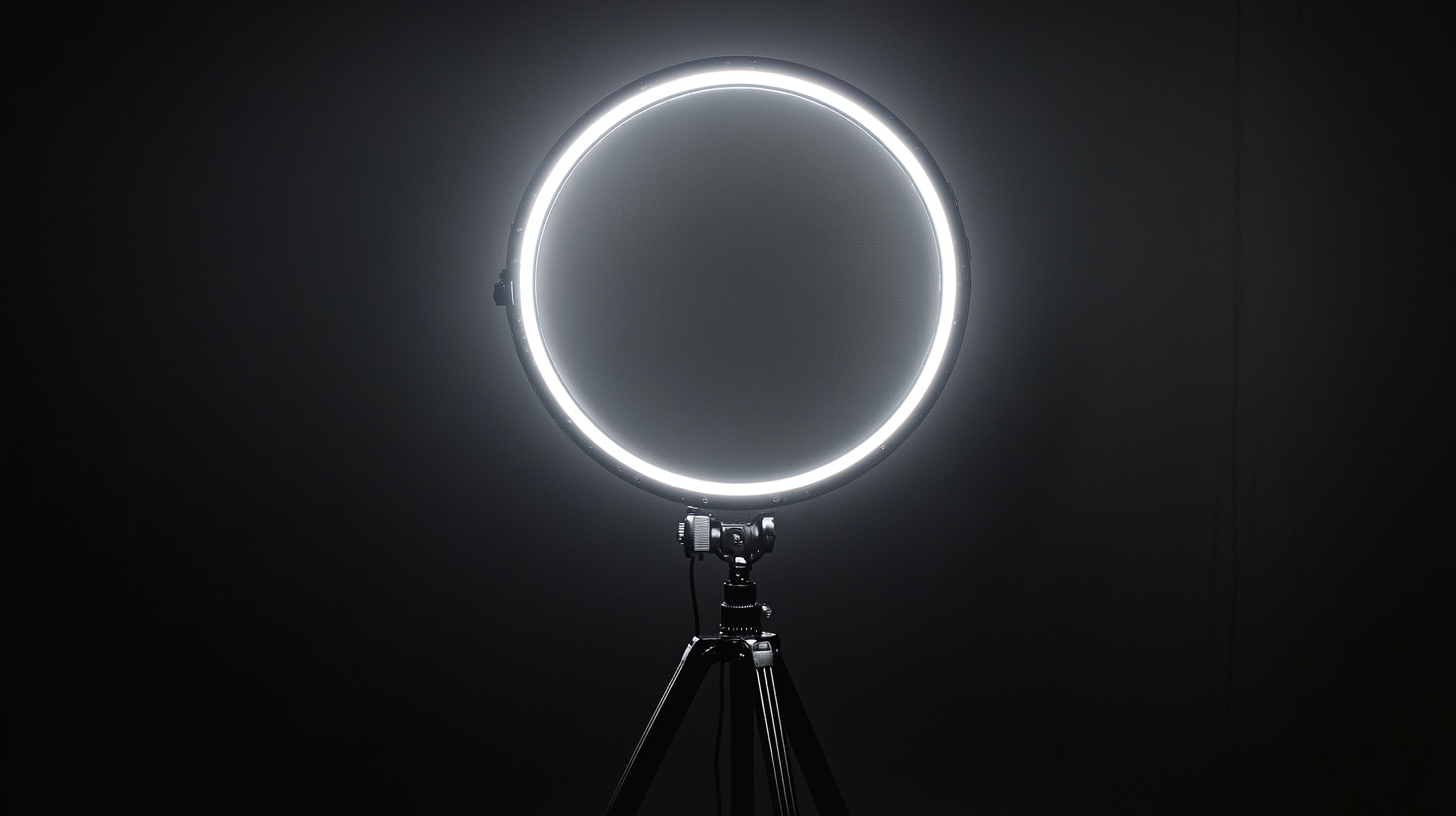
How to Use a Ring Light Effectively
To make the most of your ring light:
- Position the light directly in front of your subject for even illumination
- Adjust the brightness to complement your skin tone and the ambient light
- Experiment with different sizes of ring lights for various effects
Color Temperature and White Balance
Understanding color temperature is crucial for achieving natural-looking video lighting. Color temperature is measured in Kelvin (K) and affects the overall mood of your video:
- Warm light (2700-3000K): Creates a cozy, intimate atmosphere
- Neutral light (3500-4100K): Provides a natural, balanced look
- Cool light (5000-6500K): Mimics daylight and appears more energetic
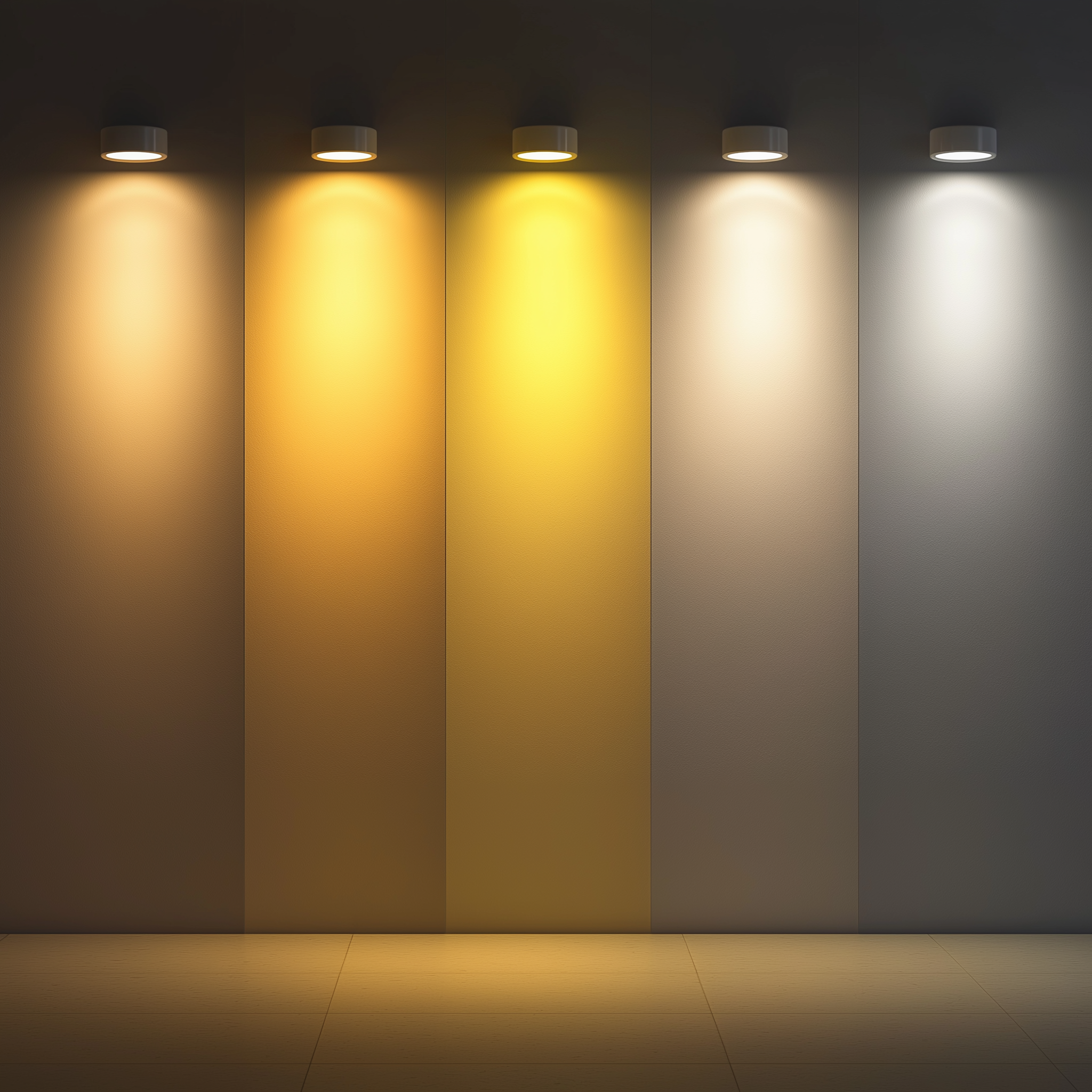
White Balance Techniques
To ensure accurate colors in your videos:
- Use your camera's white balance presets or custom white balance feature
- Utilize a white balance card or gray card for precise adjustments
- Consider investing in bi-color LED lights for easy temperature adjustments
Lighting for Different Video Types
1. Interview Lighting
For professional-looking interviews:
- Use a three-point lighting setup
- Consider using two cameras and adjusting lighting for each angle
- Use soft boxes or diffusers to create flattering light on the subject's face
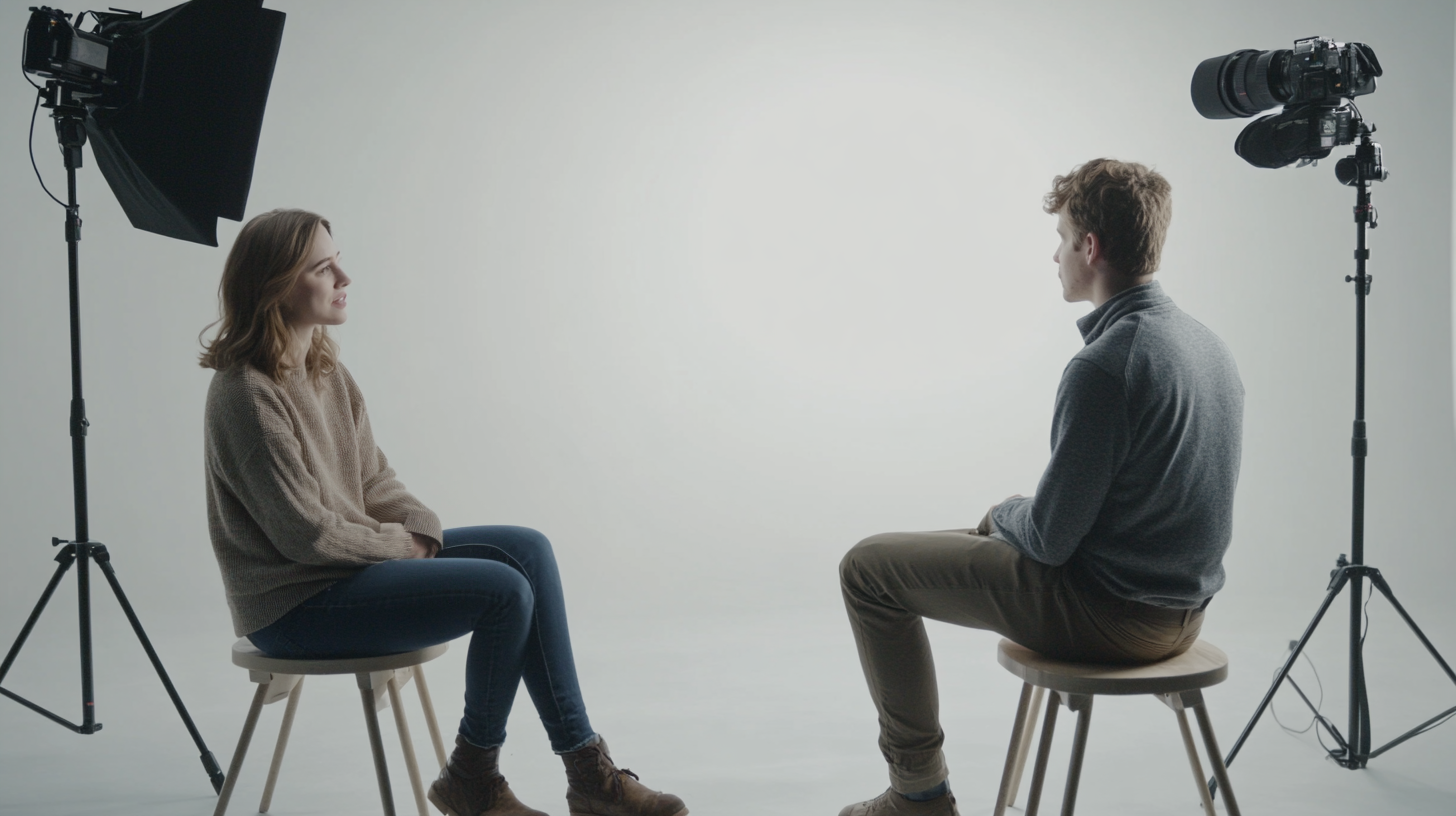
2. Product Video Lighting
When showcasing products:
- Use multiple light sources to highlight product features
- Experiment with backlighting to create separation from the background
- Consider using a light box for small products
A study by Animoto revealed that 73% of consumers are more likely to purchase a product after watching a product video, emphasizing the importance of high-quality product lighting.
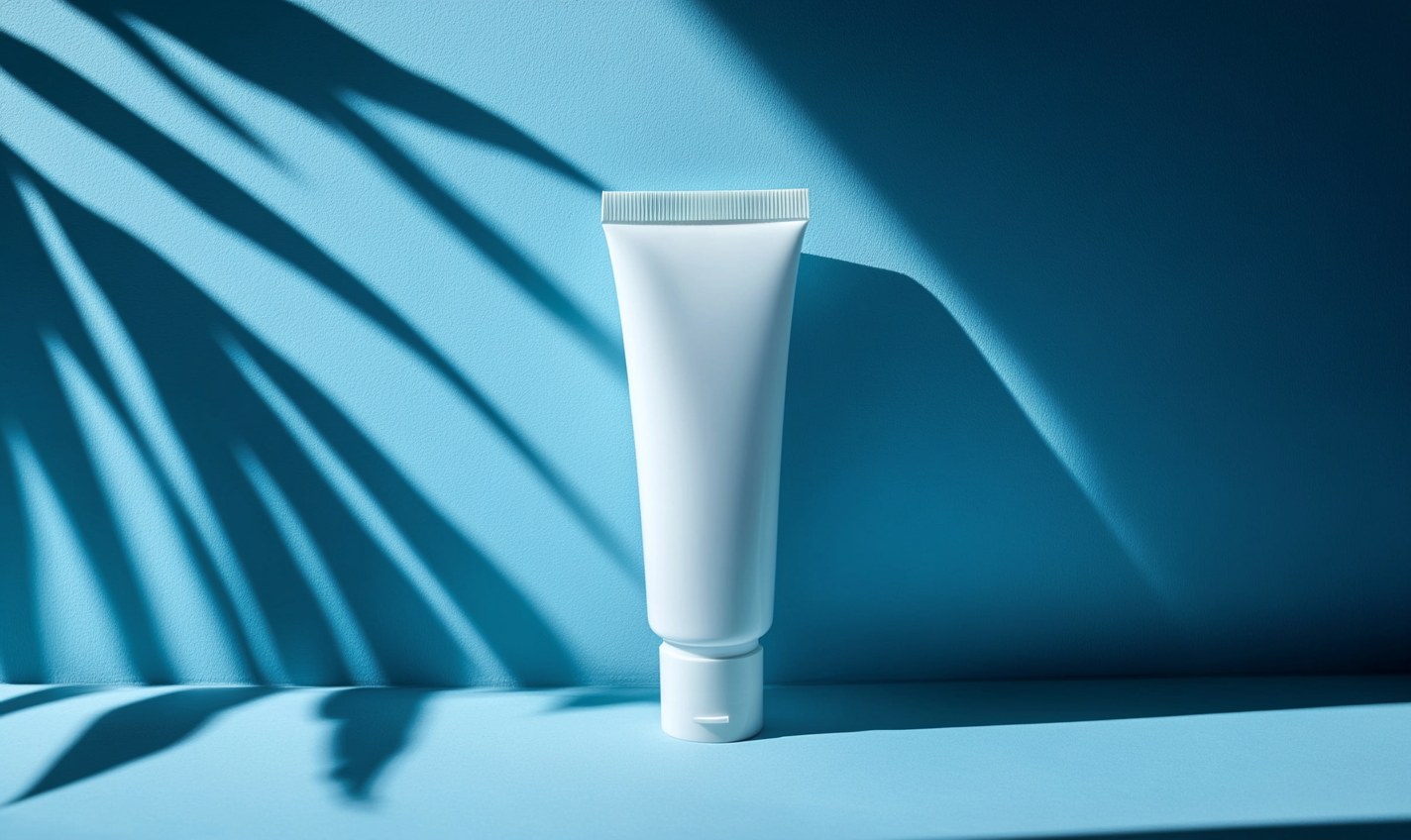
3. Vlog Lighting
For engaging vlogs:
- Utilize natural light when possible
- Invest in a portable LED panel or ring light for on-the-go shooting
- Consider the background lighting to create depth in your shots
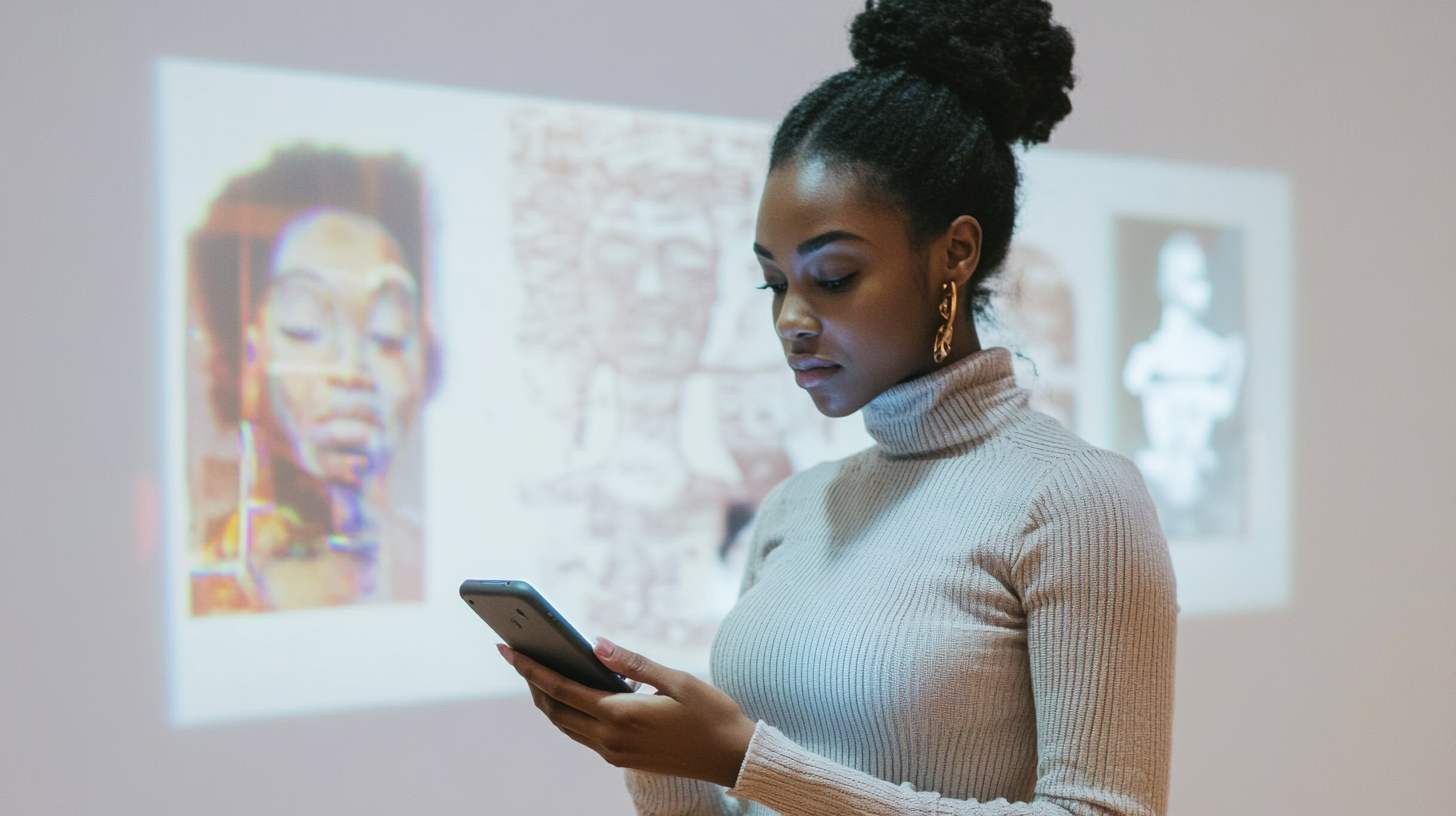
Common Lighting Mistakes to Avoid
Be aware of these common pitfalls:
- Overexposure: Avoid using too much light, which can wash out your subject
- Underexposure: Ensure your subject is well-lit to avoid grainy footage
- Inconsistent lighting: Maintain consistent lighting throughout your video for a professional look
- Ignoring the background: Pay attention to background lighting to create depth and avoid distractions
A study by the Online Video Engagement Report found that videos with consistent, well-balanced lighting had a 45% higher retention rate compared to those with poor or inconsistent lighting.
Conclusion
Mastering video lighting techniques is an essential skill for any content creator. From understanding the basics of three-point lighting to utilizing popular tools like ring lights, the right lighting can significantly enhance the quality and impact of your videos. By implementing these techniques and avoiding common mistakes, you'll be well on your way to creating professional-looking content that engages your audience and stands out in the crowded digital landscape.
Remember, practice makes perfect. Don't be afraid to experiment with different lighting setups and techniques to find what works best for your unique style and content. With time and experience, you'll develop an eye for great lighting that will elevate your video production to new heights.